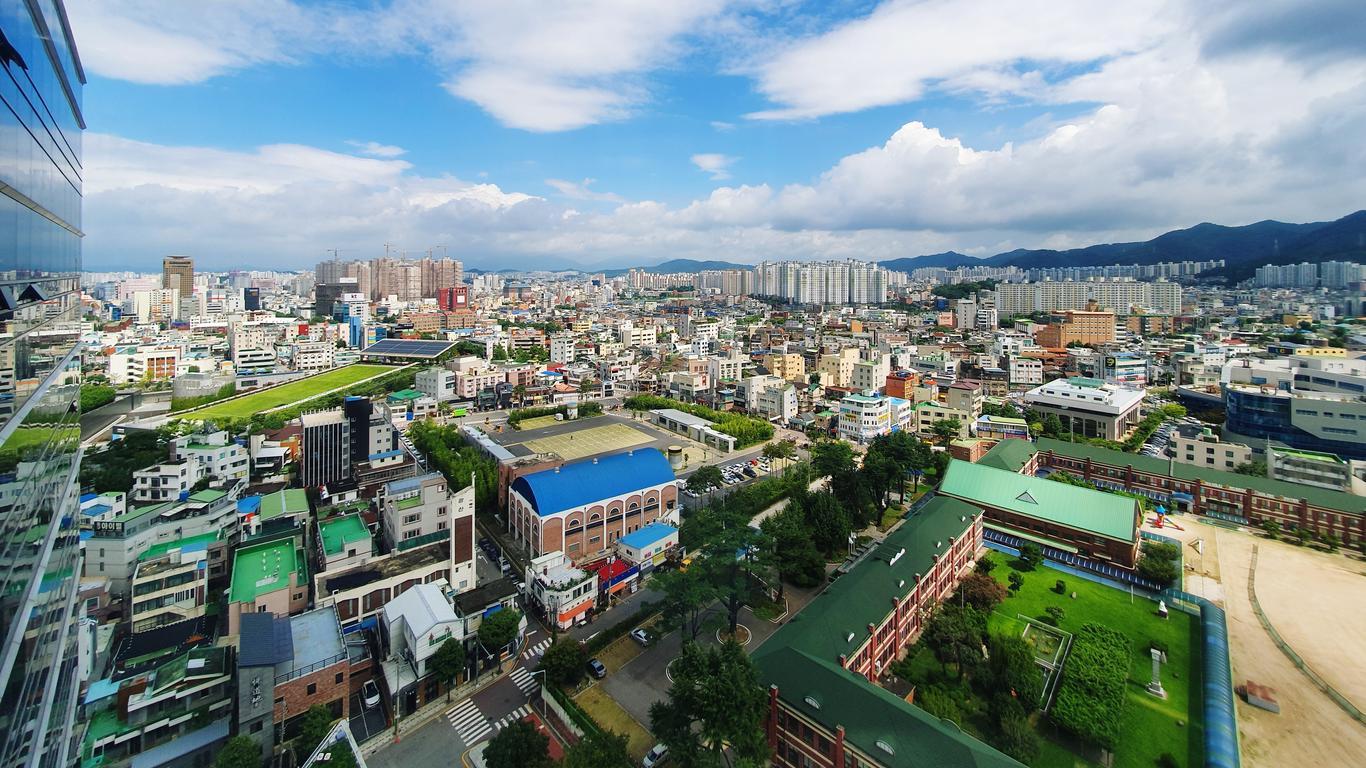Rich with history, Gwangju is a rural city and suburb in the south-east region of Seoul. Gwangju’s rugged landscape is dotted with farms and ceramics factories and has a cosmopolitan feel with a thriving arts culture that includes first-class art galleries and museums.
Things to do in Gwangju
Explore the medieval Korean architecture at the mountain fortress of Namhansanseong, which combines influences from Korea’s Joseon Dynasty, Japan’s Azuchi-Momoyama period and Ming and Qing China in its design. Follow one of the hiking trails that lead across this vast site to admire the Janggyeongsa Temple and the four impressive gates that surround the fortress.
If you’re visiting during winter, hit the ski slopes of Konjiam Resort to the south-east of Gwangju, which cater to both beginner and advanced snow enthusiasts. In addition to its snowfields, the resort boasts an on-site spa and botanical gardens that make it a worthy destination year-round.
Discover the artistic heritage of Gwangju at the Gyeonggi Ceramic Museum, which occupies a site once known for producing Joseon Dynasty royal ceramics. Admire the highly-prized Joseon white porcelain and punch'ong ware on display while learning about the history and culture of traditional ceramics in Korea.
Escape the urban sprawl of Seoul and venture into the Yongin Recreational Forest, nestled in the foothills of Jeonggwangsan Mountain. Walking paths weave through the lush forest and wooden boardwalks traverse the ponds and streams, with a children’s playground and grassy lawns perfect for a picnic.
Get around
Gwangju is a one-hour bus ride from the centre of Seoul and 2.5 hours from Incheon International Airport. The city is pedestrian-friendly, with plenty of designated pathways.





